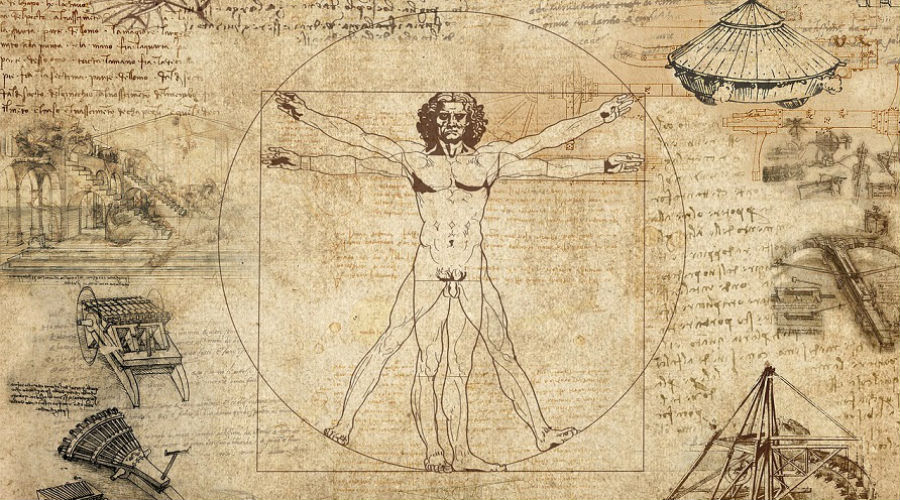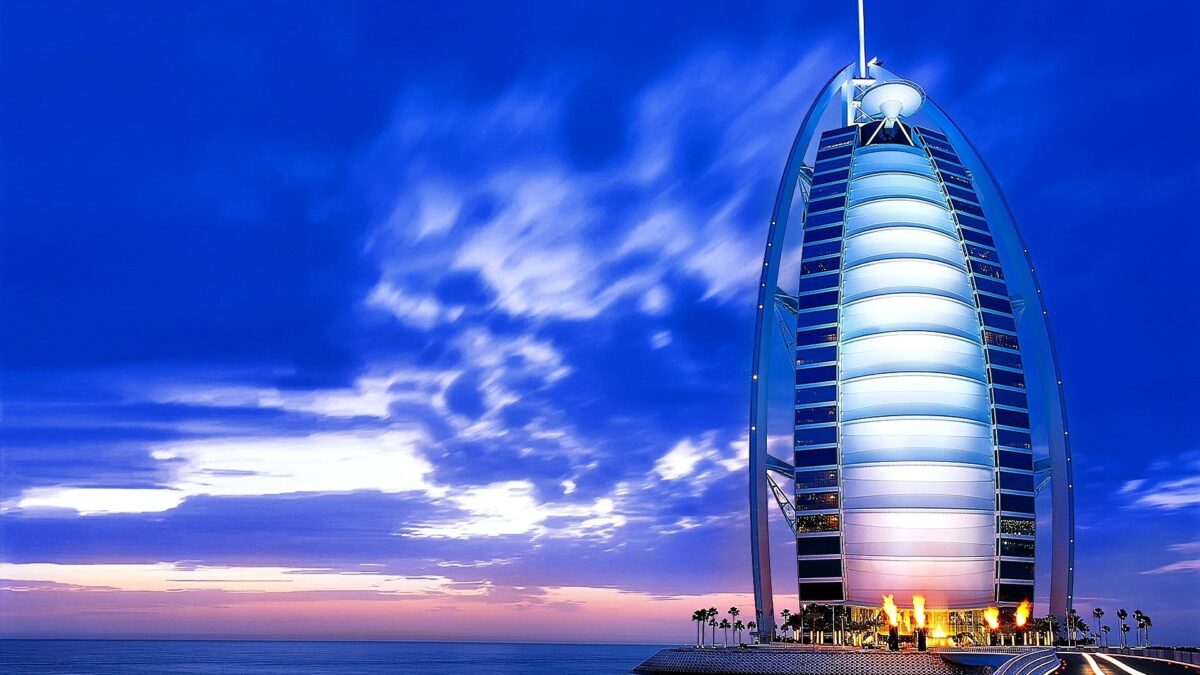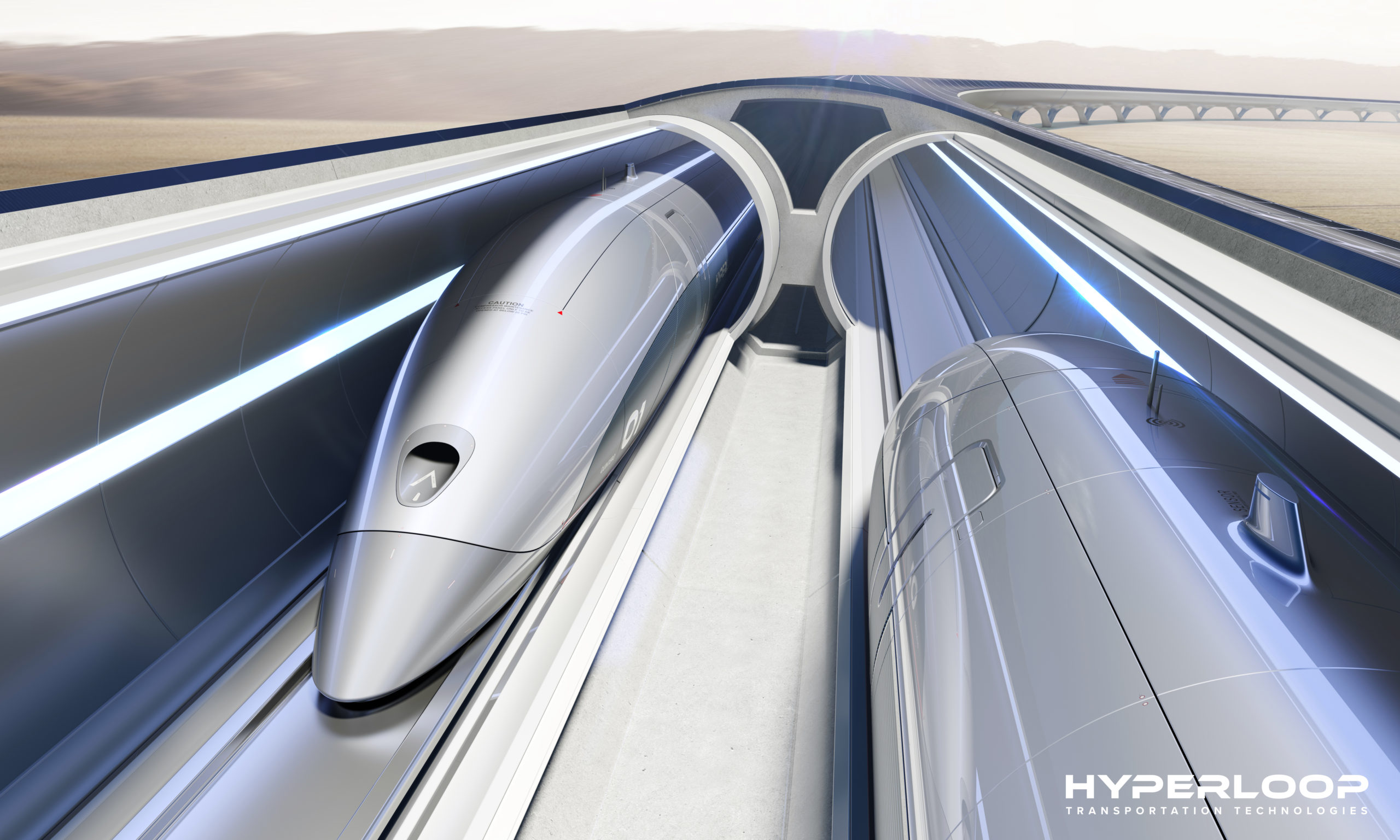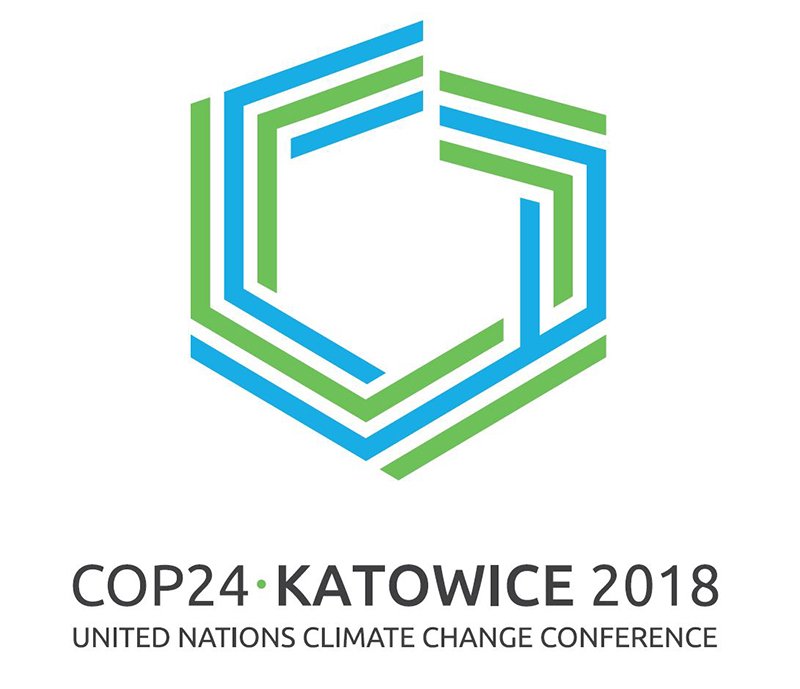Leonardo da Vinci – the “Italian genius”
May 2 2019 commemorated the 500th anniversary of the demise of a personality that is considered as one of the most brilliant minds in the history of mankind: Leonardo of ser Piero da Vinci.
Born in Anchiano (a hamlet of the Vinci municipality, near Florence) in 1452, he was one of the most renowned inventors, artists and scientists of his age.
It can be said without a doubt that his work as mechanic and engineer is unique for its extent and depth of experience.
Of course Leonardo thoroughly studied the treatises and works of great engineers that preceded him, such as Taccola, Ghiberti and Martini, and we know with certainty that he delved into the so-called “zibaldoni” of the technical and mechanical knowledge of that time. But his greatest talent was indeed to analyze and revisit the existing inventions under a new perspective, to the point that he made them original and unique.
Leonardo considered the world as a great machine moved by spiritual forces and regulated through devices (like those he built himself) by a superior mastermind, that had previously arranged everything by following the laws of mathematics. His duty was to find those “countless reasons” of the universe, which are the mechanisms regulating the great machine called Earth.
Military machines
Leonardo was hired in 1502 by Cesare Borgia as military architect and engineer. He spent that period of time searching for new solutions and mechanisms to enhance the military production and improve the efficacy and efficience of the military equipments.


Machine gun
Leonardo intended to increase the weapons’ speed and fire power and reached a solution by multiplying the barrels and adopting a fan-like disposition as in the figure above. This weapon could be calibrated with screws to tilt it as needed.
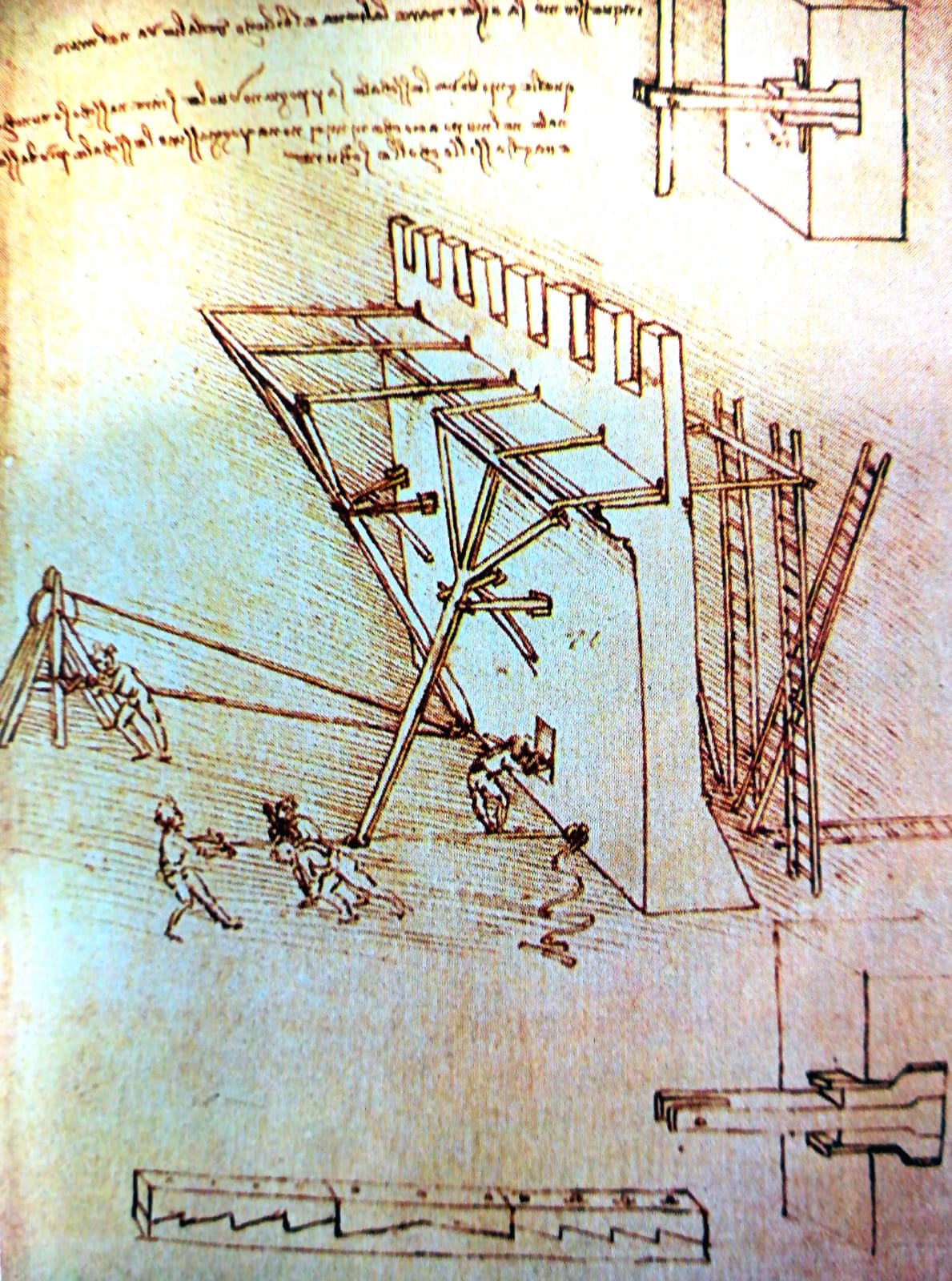

Device to fend off assault ladders.
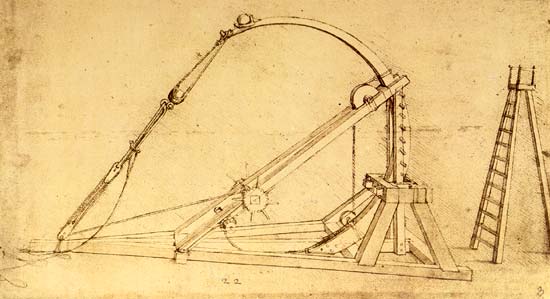

Drawing of a trebuchet
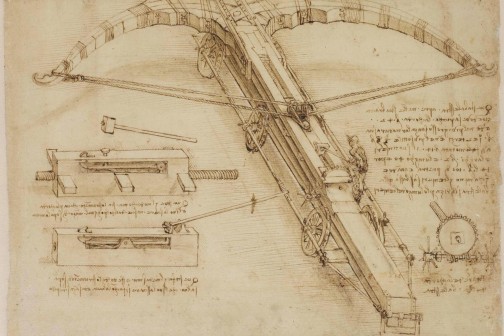

Drawing of a giant crossbow
As can be seen, the drawings were extremely accurate, but, nevertheless, most of his “works” were never built or no information has ever come out about their realization through other technical texts after his death.
Hydraulic machines
Leaonardo also committed to the study of hydraulic machines with great originality, in order to improve harvests or the possibility to move by exploiting the water flows of currents (for example, the classic mills, but overall he went further, paving the way to mechanisms that are used in hydroelectric power plants.
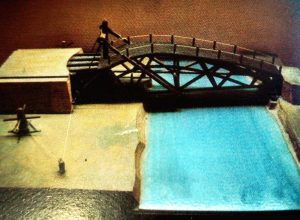

Model of a swing bridge


Model of one of Leonardo’s hydraulic machines
Flying machines
From the legend of Icarus, all the inventors of Leonardo’s time had the goal of making men fly. Leonardo in particular studied the flight of birds and their anatomy, so as to replicate that mechanism, as can be seen in these drawings:
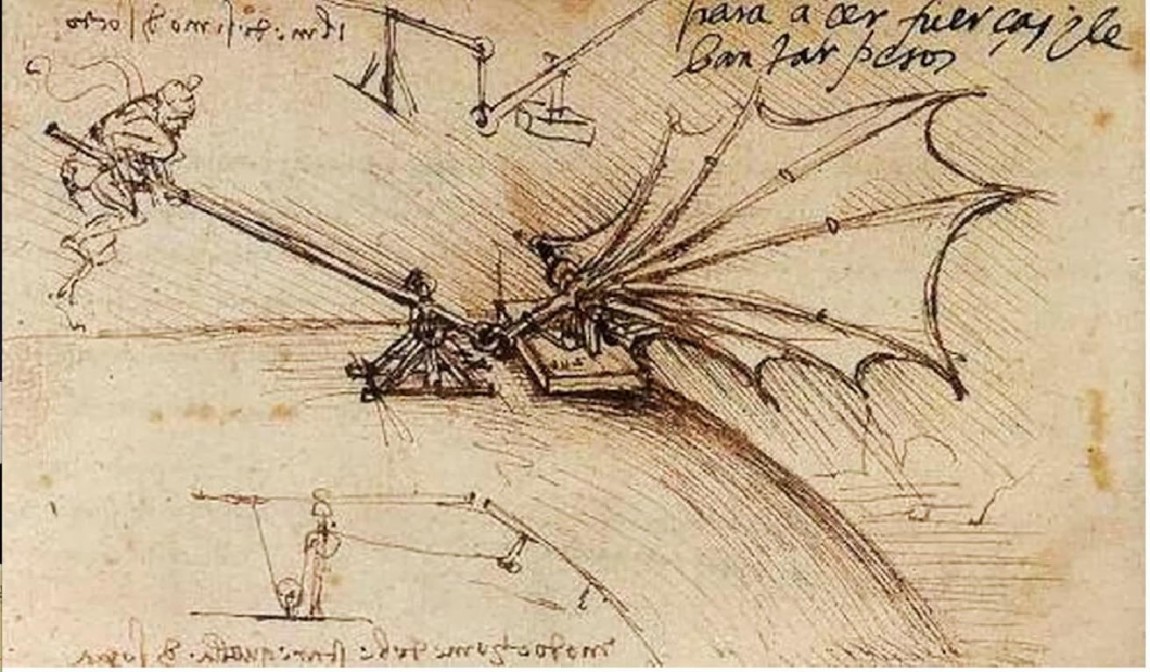



A research team named ArtesMechanicae was born to study the history and the science of technology and has realized many designs that are depicted in Leonardo da Vinci’s drawings both in Italy and abroad. In the pictures below you can see some of the constructions by this team of artisans from Valdarno.
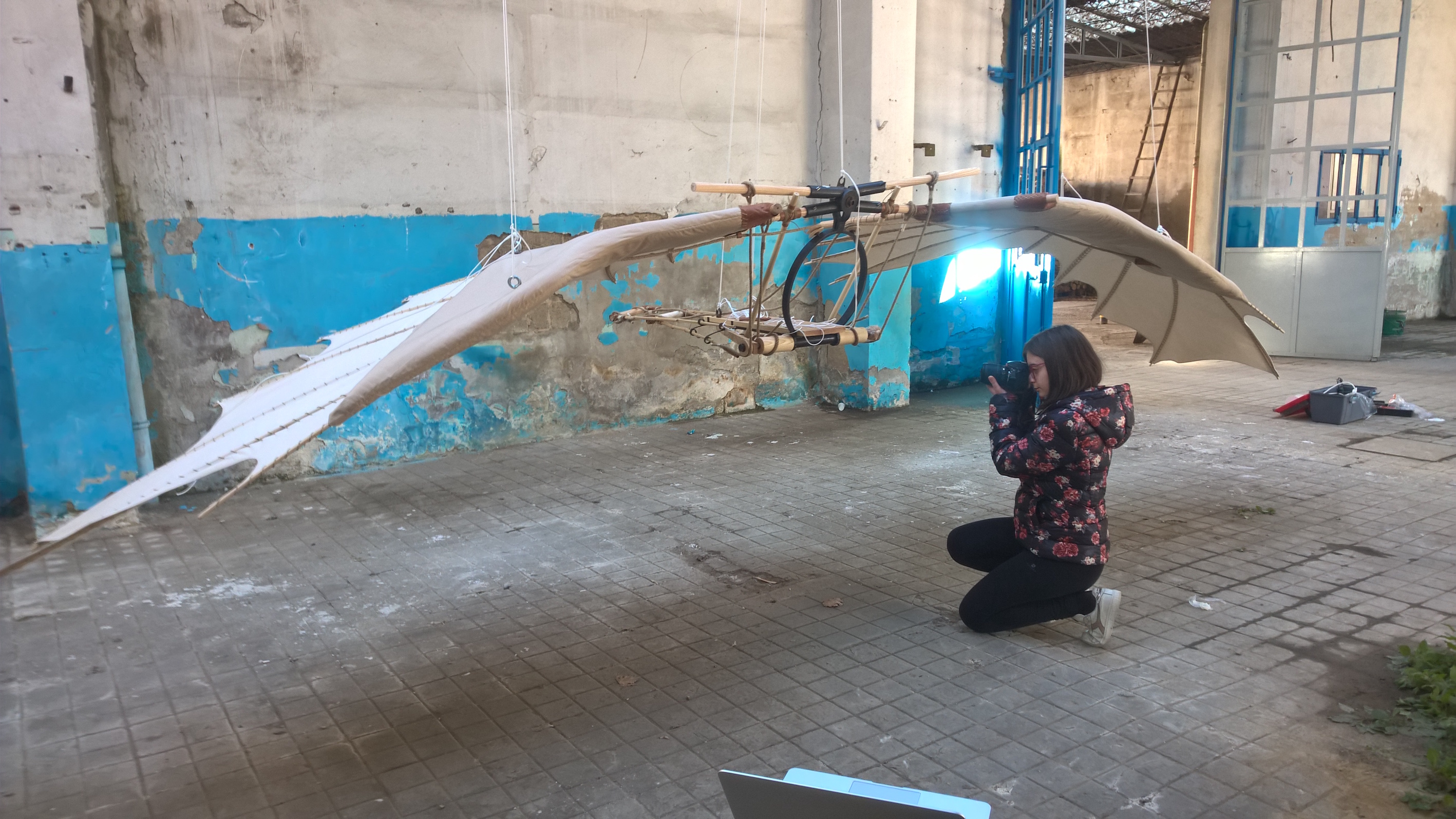

We now end our brief excursus by quoting Leonardo himself, who once said: “Because a day well spent makes sleeping delightful, then a life well spent makes dying delightful”.
500 years have passed since his death and as his memory has been passed on to us and is still widely celebrated, we can say without that Leonardo spent his life really, really well.
Lastly, Leonardo was a famed artist as well as an engineer, so for those who would like to read about that we suggest Arte con un Computer !
Sources:
- immagini macchine militari
- immagini macchine idrauliche
- ArtesMechanicae
- Le macchine di Leonardo, Marco Cianchi – Becocchi editore

